Reduce production costs by 40 - 50%
In the 2024-2025 winter-spring crop, the rice cultivation model according to the sustainable value chain, reducing emissions in the Mekong Delta of PAN Group and its partner Binh Dien II (brand 2 Phong) has shown good results. Accordingly, units of PAN Group and its partner Binh Dien II have jointly researched and tested a comprehensive set of farming solutions based on the criteria of "1 must 5 reductions".

Farmers in the Mekong Delta are entering the peak harvest season of the 2024-2025 winter-spring rice crop. Photo: Le Hoang Vu.
Mr. Tran Vu Chi's household in Tan Cong Sinh commune, Tam Nong district, Dong Thap province, who participated in the model, said: In the 2024-2025 winter-spring rice crop, his family has 3 hectares of rice growing Dai Thom 8 variety, cultivated according to the high-quality, low-emission rice process associated with green growth in the Mekong Delta. The amount of rice seeds used is reduced to 6kg/cong instead of the previous 10-12kg/cong (cong 1,300m2), pesticides are only sprayed 5 times/crop instead of 8-10 times as before, and the amount of fertilizer is also significantly reduced.
Farmers participating in the model are committed to purchasing rice at stable prices through Vinaseed's processing plants. Summarizing this year's winter-spring rice crop, Mr. Chi said that production costs decreased by 40-50%, productivity reached about 9 tons/ha, profit of 34 million VND/ha.
Visiting Mr. Chi's field on the harvest day, Mr. Ngo Van Lanh - a farmer in the same Tan Cong Sinh commune, assessed that the rice in the model field had longer panicles, firmer and more even grains, and a higher yield of 100 - 150 kg/cong compared to conventional farming. At the same time, reducing many input factors helps farmers save costs.
The three-party cooperation in implementing the model shows that only when farmers have higher profits can sustainable development be achieved for all parties. This is also the consistent viewpoint to make farmers the center of the rice production value chain.
Mr. Bui Ba Bong, Chairman of the Vietnam Rice Industry Association, said that in order to create rice production models that reduce input costs and provide stable consumption for farmers, cooperatives, local authorities and businesses play an important role in supporting farmers, helping them feel secure in production.
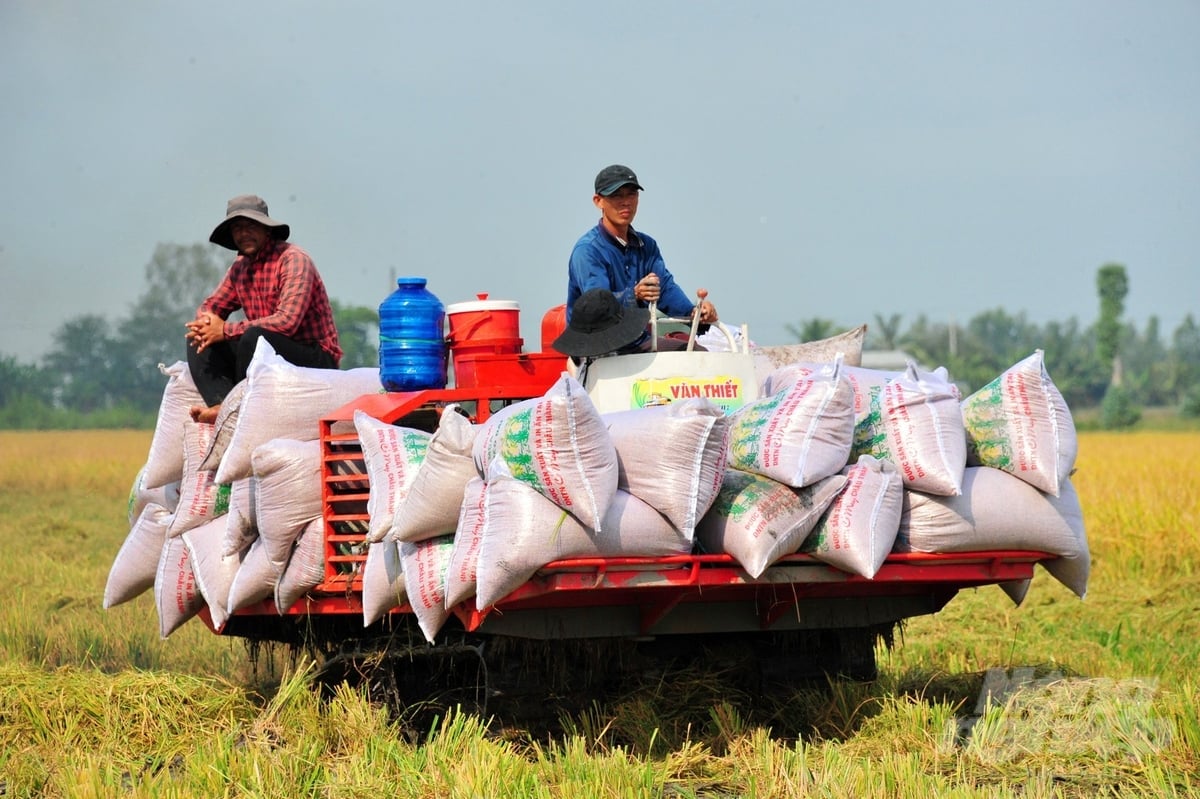
Building sustainable links is an important factor in helping farmers reduce production costs and increase profits. Photo: Le Hoang Vu.
According to Ms. Nguyen Thi Tra My, General Director of PAN Group, Chairwoman of the Board of Directors of Vietnam Seed Group Joint Stock Company (Vinaseed), to improve farmers' income, the story is not simply that businesses commit to buying rice at a higher price than the market, that is not necessarily a sustainable way. Instead, farmers and businesses need to form sustainable supply chains from input, service provision, materials, purchasing, processing, brand building..., that is the sustainable solution.
Reduce 4 tons of CO2 emissions/ha
Mr. Truong Cong Cu, General Director of Vietnam Disinfection Joint Stock Company (under PAN Group) shared: “We are very excited to build this model. As a business, we should aim to sell as many products as possible, but we do not encourage farmers to use a lot of pesticides but to use them correctly and most reasonably to reduce production costs.”
Not only does it increase farmers' income, the model also contributes to the goal of reducing emissions in the agricultural sector through a set of solutions for seeds, fertilizers, pesticides and the alternating flooding and drying method.

The emission-reducing rice farming model in the 2024-2025 winter-spring crop helps farmers reduce costs by 40-50%, with productivity reaching about 9 tons/ha and profit of 34 million VND/ha. Photo: Le Hoang Vu.
Mr. Le Quoc Phong, Chairman of the Board of Directors of Binh Dien II Fertilizer Production and Trading Joint Stock Company (2 Phong brand) affirmed that the project has achieved dual goals by reducing the amount of fertilizer, seeds, pesticides, and labor, thereby indirectly reducing greenhouse gas emissions.
Enterprises expect that this process will be recognized by the Ministry of Agriculture and Environment and widely applied in the Project of 1 million hectares of high-quality, low-emission rice, aiming at green growth in the Mekong Delta region.
“The project achieved two goals: farmers benefited while also achieving the goal of reducing emissions and helping the environment to be less polluted. Specifically, the amount of seeds used was reduced from 100kg/ha to 60kg/ha, the number of fertilizer applications per crop was reduced from 6 times to 3 times, and pest management was reduced from 10 times to 5 times,” said Mr. Phong.
In addition, Rize Vietnam Company - an agricultural technology enterprise from Singapore also measured emissions on model fields, compared with Gold Standard's standard process and showed a reduction of 4 tons of CO2 emissions/ha.
Mr. Tran Thanh Tam, Head of the Dong Thap Department of Crop Production and Plant Protection, said: The province is aiming to achieve 50,000 hectares of low-emission rice cultivation by 2025 under the Project of 1 million hectares of high-quality, low-emission rice.
Currently, localities in the province have implemented many models of cooperation between farmers, cooperatives and enterprises in producing high-quality rice and reducing emissions. In particular, the cooperation model between 3 parties (including VFC, Vinaseed, Binh Dien II) has strictly controlled input materials, reduced production costs, thereby increasing profits for farmers.
Source: https://nongnghiep.vn/lien-ket-san-xuat-lua-giam-phat-thai-chi-phi-giam-40--50-d743884.html


![[Photo] President Luong Cuong and King Philippe of Belgium visit Thang Long Imperial Citadel](https://vstatic.vietnam.vn/vietnam/resource/IMAGE/2025/4/1/cb080a6652f84a1291edc3d2ee50f631)
![[Photo] Prime Minister Pham Minh Chinh meets with King Philippe of Belgium](https://vstatic.vietnam.vn/vietnam/resource/IMAGE/2025/4/1/be2f9ad3b17843b9b8f8dee6f2d227e7)
![[Photo] Close-up of Vietnam's sniffer dog team searching for earthquake victims in Myanmar](https://vstatic.vietnam.vn/vietnam/resource/IMAGE/2025/4/1/d4949a0510ba40af93a15359b5450df2)

![[Photo] General Secretary To Lam receives King Philippe of Belgium](https://vstatic.vietnam.vn/vietnam/resource/IMAGE/2025/4/1/e5963137a0c9428dabb93bdb34b86d7c)

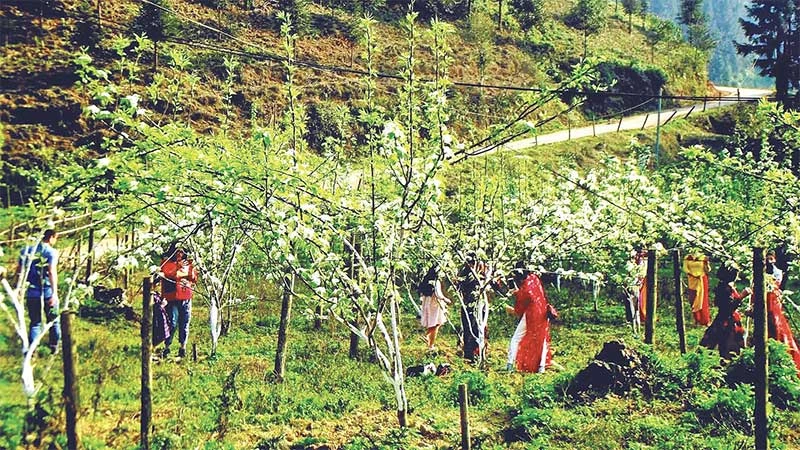
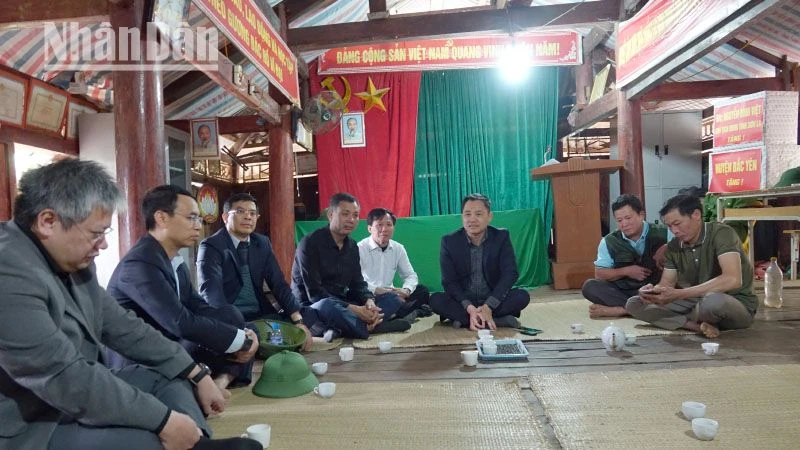
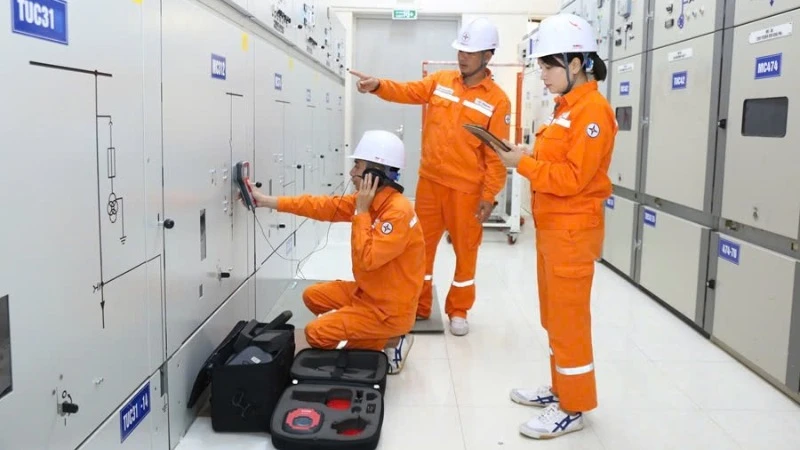
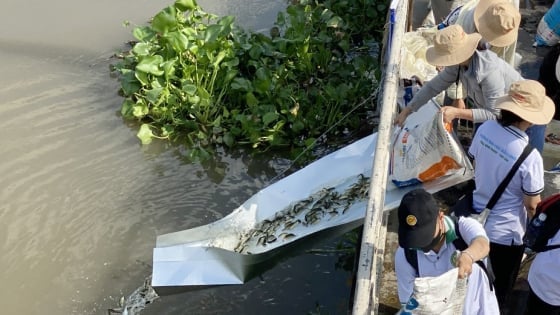
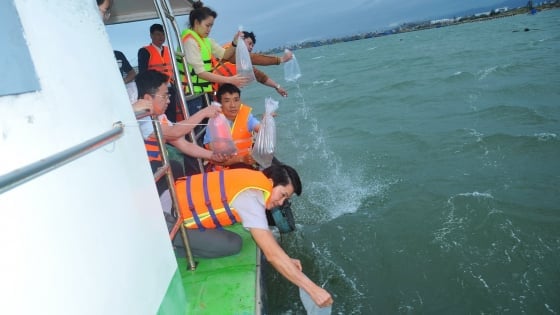
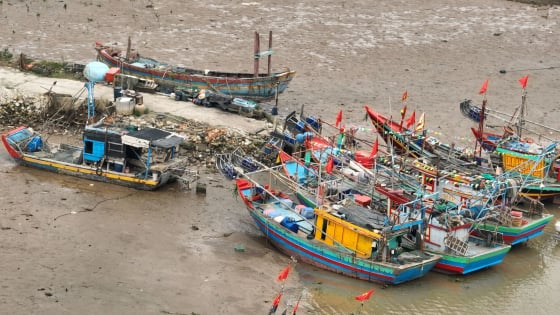





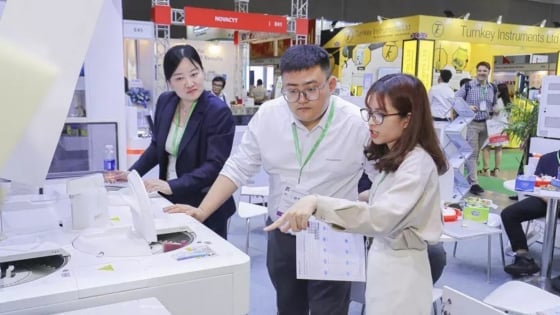

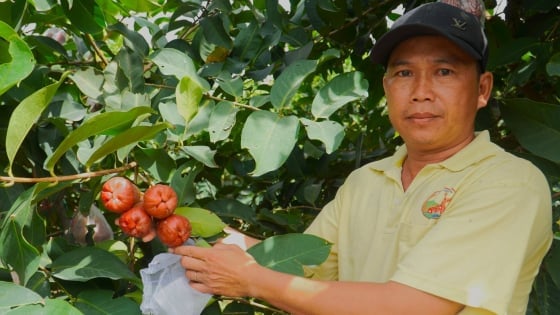
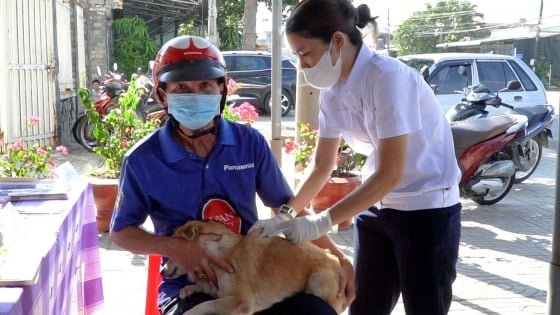
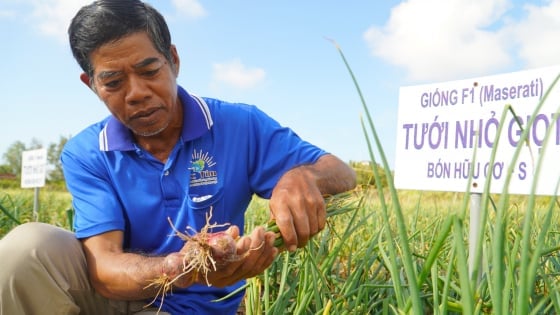
![[Photo] Myanmar's capital in disarray after the great earthquake](https://vstatic.vietnam.vn/vietnam/resource/IMAGE/2025/4/1/7719e43b61ba40f3ac17f5c3c1f03720)






























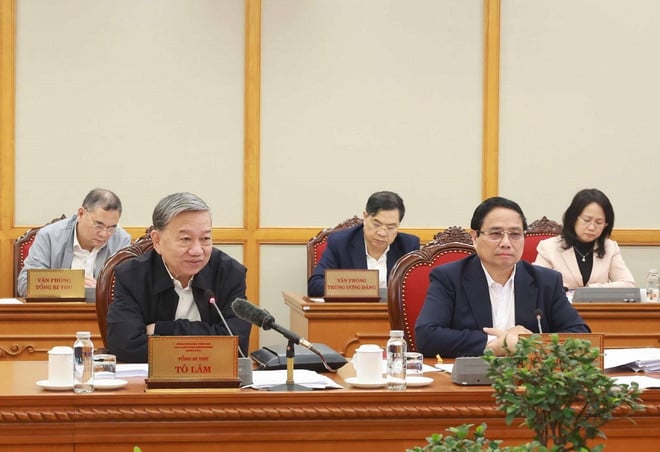

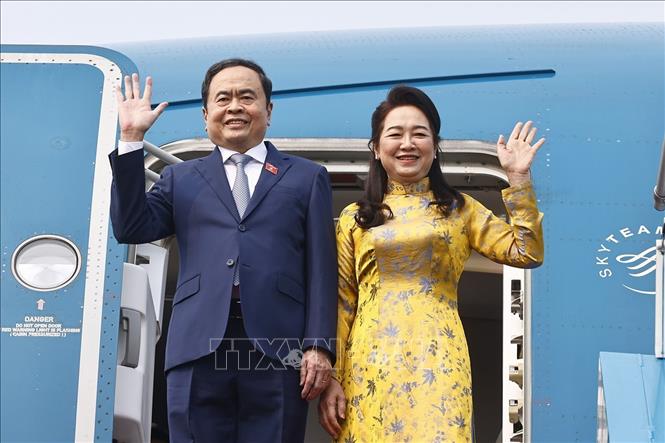

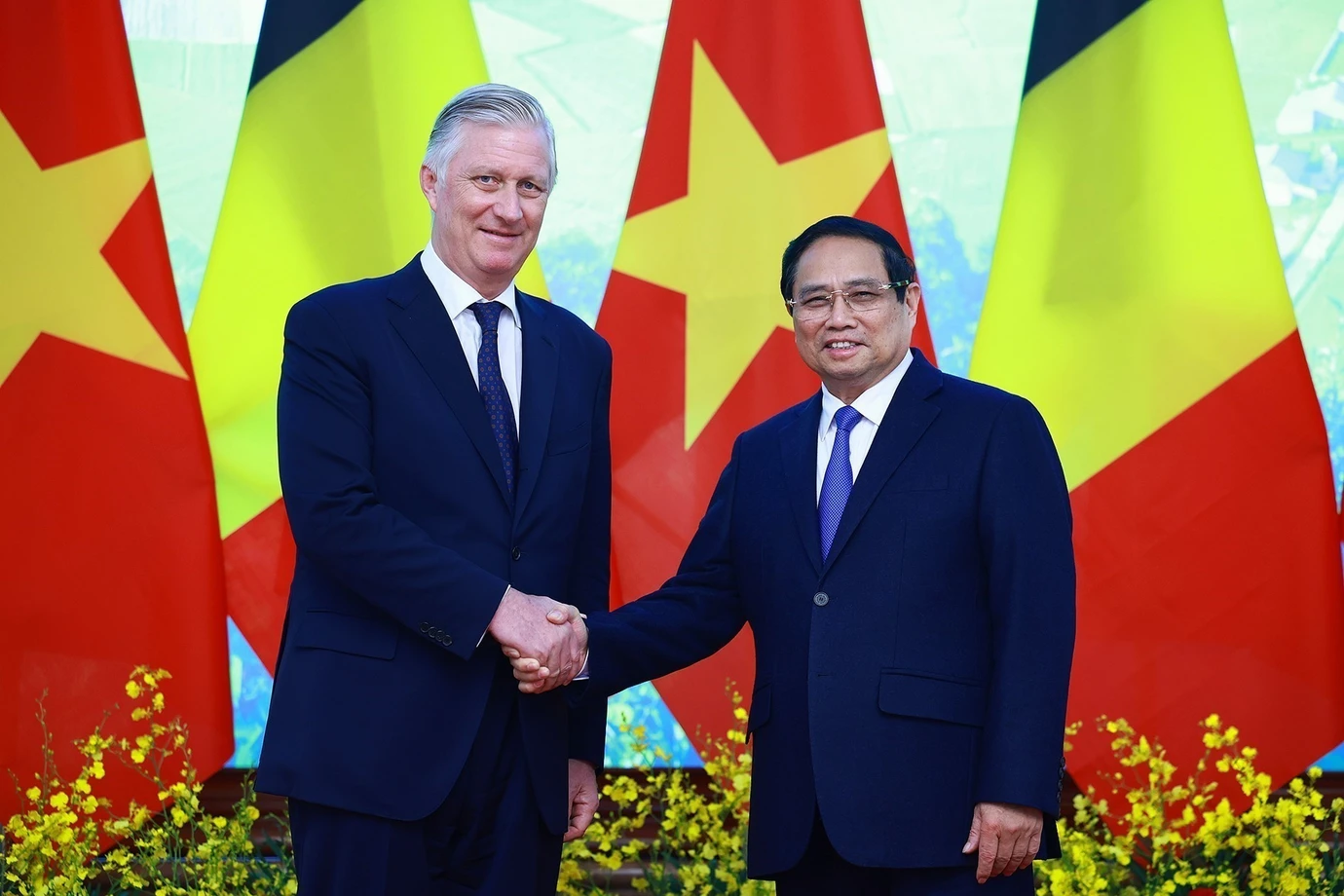





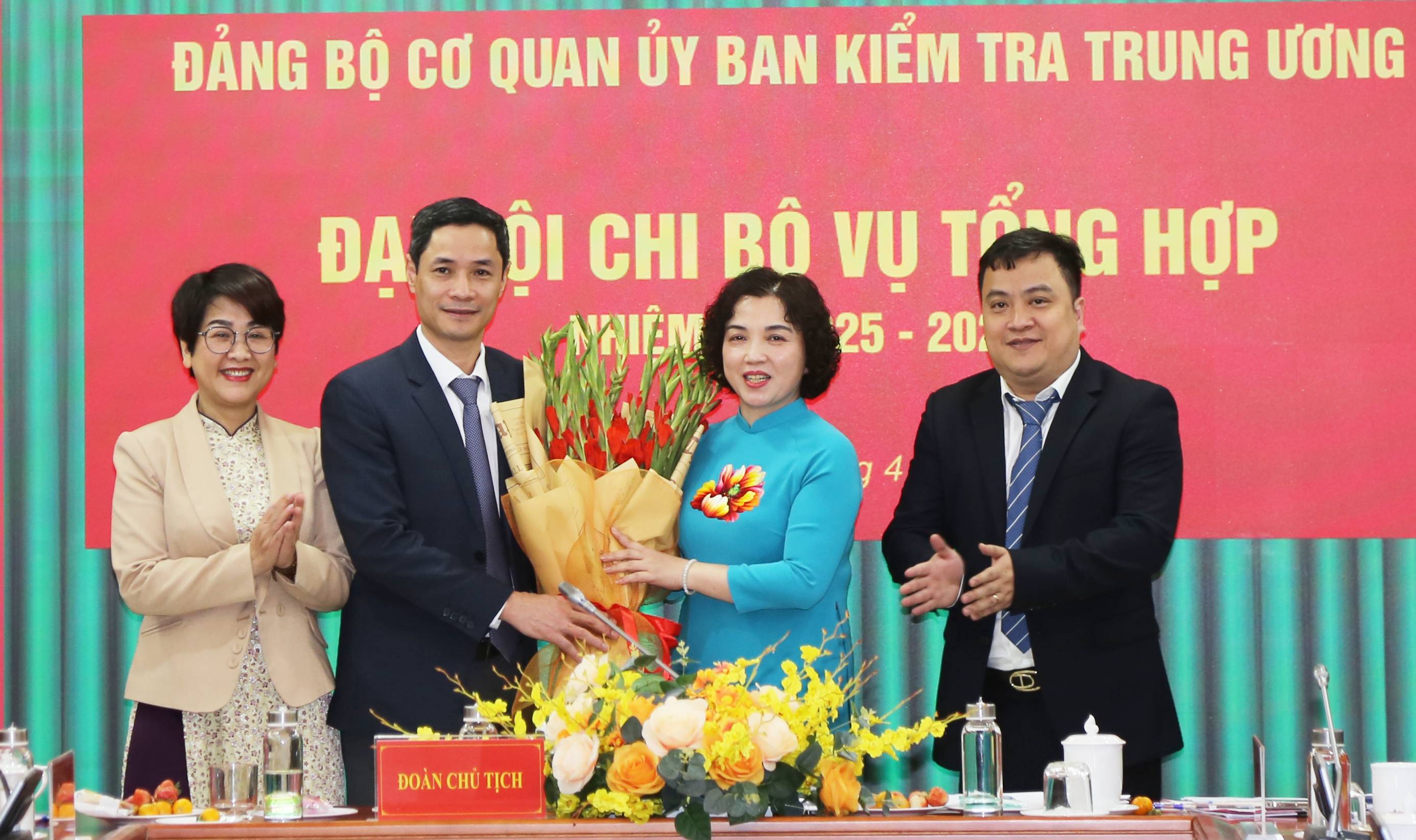



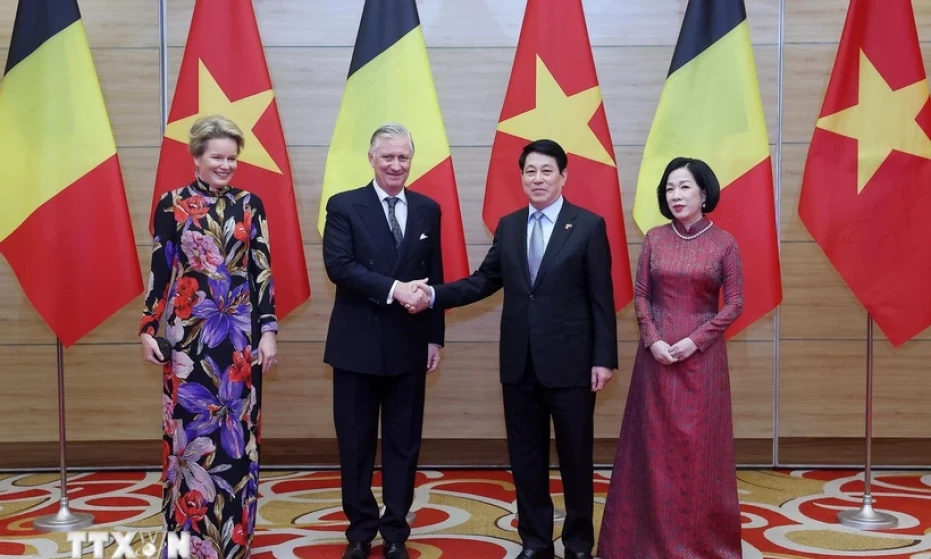




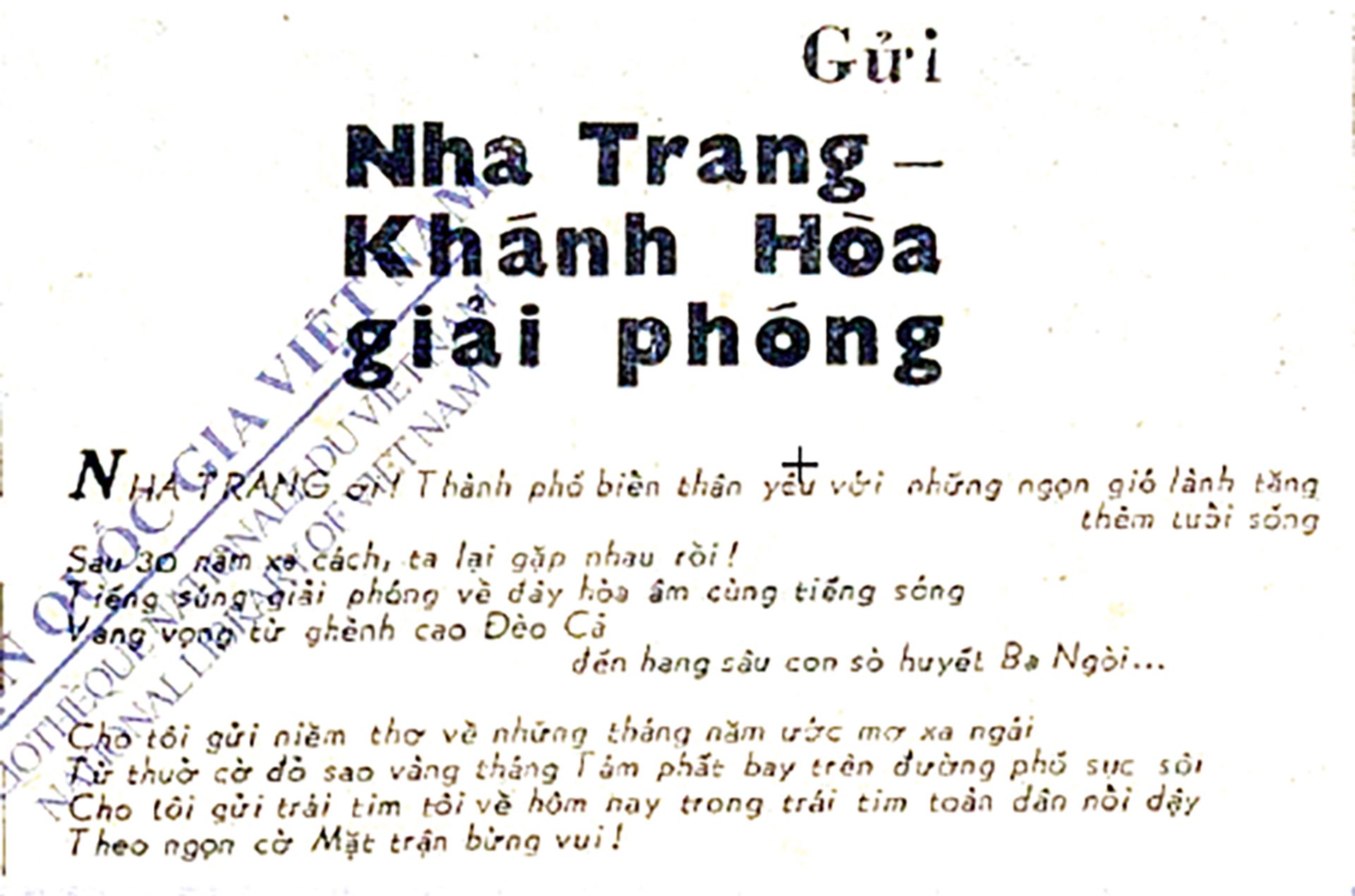


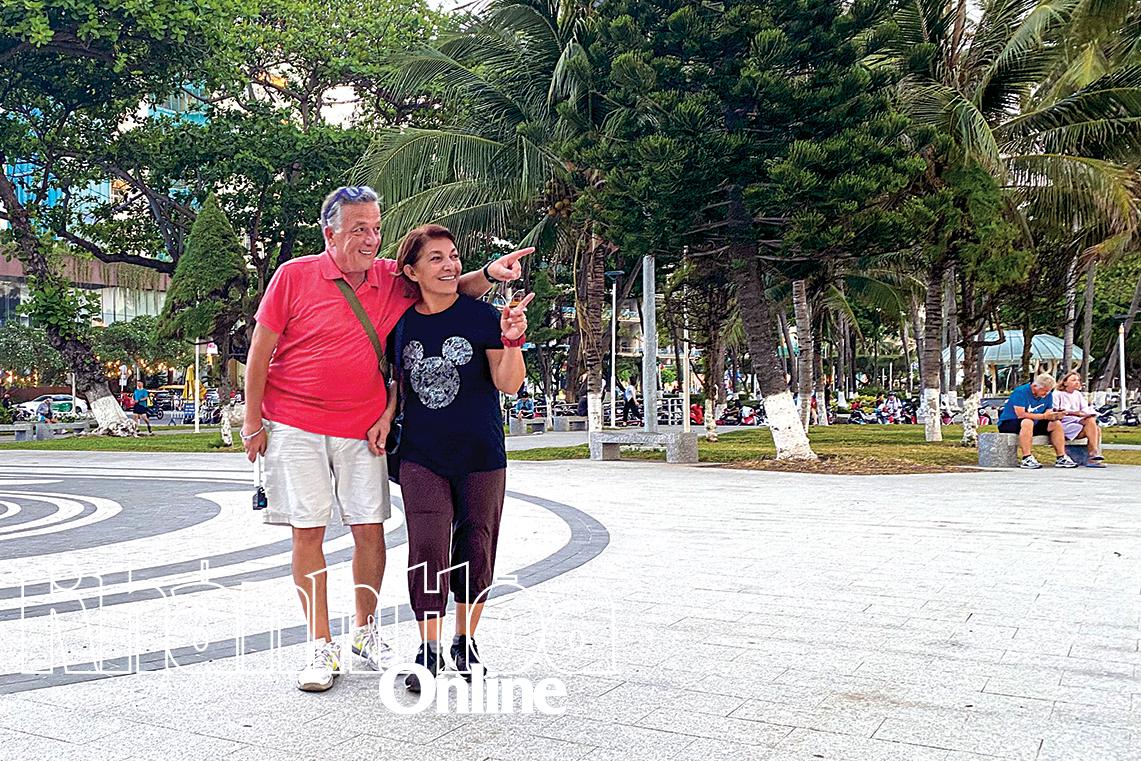










Comment (0)